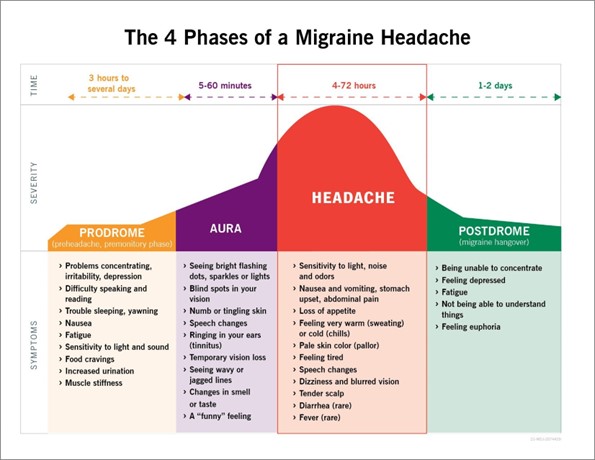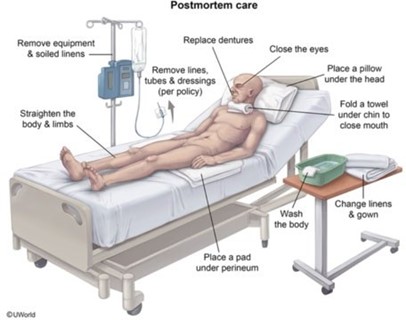A nurse is reviewing the medical record of a client who is requesting an oral contraceptive.
Which of the following findings should the nurse identify as a contraindication to the use of oral contraceptives?
History of renal calculus
Migraines with aura
BMI of 25
History of cholecystectomy
The Correct Answer is B
b. Migraines with aura.
Explanation:
Migraines with aura are considered a contraindication to the use of oral contraceptives. Auras are neurological symptoms that occur before or during migraines and can include visual disturbances, sensory changes, or speech difficulties. Women who experience migraines with aura have an increased risk of ischemic stroke when taking oral contraceptives. Therefore, it is important to identify this condition as a contraindication and explore alternative contraceptive options for the client.
The other options (a. History of renal calculus, c. BMI of 25, d. History of cholecystectomy) are not contraindications to the use of oral contraceptives.

Nursing Test Bank
Naxlex Comprehensive Predictor Exams
Related Questions
Correct Answer is A
Explanation
After a patient dies, postmortem care includes preparing them for family viewing. The nurse should place the body in the supine position, with the arms at the sides and the head on a pillow. Then elevate the head of the bed 30 degrees to prevent discoloration from blood settling in the face .
The other options are not correct because:
b) The nurse should cleanse the client's body while wearing appropriate personal protective equipment (PPE) based on indications for isolation precautions, not necessarily sterile gloves.
c) If the patient wore dentures and your facility’s policy permits, gently insert them; then close the mouth
d) The nurse should close the eyes by gently pressing on the lids with their fingertips. If they don’t stay closed, place moist coton balls on the eyelids for a few minutes, and then try again to close them. Surgical tape is not mentioned as necessary .

Correct Answer is D
Explanation
Answer: D
Rationale:
A) Collect 2 mL of sputum in an emesis basin: Collecting sputum in an emesis basin is inappropriate for laboratory testing. The sputum should be collected directly into a sterile container to prevent contamination. This ensures that the culture and sensitivity results are accurate and reflect the client's true respiratory pathogens.
B) Instruct the client to rinse with an antiseptic mouthwash prior to specimen collection: Using an antiseptic mouthwash before collecting a sputum sample is not recommended because it may alter the flora present in the sputum, leading to inaccurate culture results. Instead, the client should rinse their mouth with plain water to clear excess saliva or food debris.
C) Swab the oropharynx with a sterile swab: Swabbing the oropharynx does not obtain sputum from the lungs but instead gathers a sample from the throat, which may not be reflective of lower respiratory infections. A proper sputum sample is produced through a deep cough to collect material directly from the lungs.
D) Refrigerate the specimen until the time of transport to the laboratory: Refrigerating the sputum specimen helps to preserve its integrity by preventing the overgrowth of bacteria or other pathogens until it can be transported to the laboratory. Proper refrigeration ensures that the culture and sensitivity results remain accurate.
Whether you are a student looking to ace your exams or a practicing nurse seeking to enhance your expertise , our nursing education contents will empower you with the confidence and competence to make a difference in the lives of patients and become a respected leader in the healthcare field.
Visit Naxlex, invest in your future and unlock endless possibilities with our unparalleled nursing education contents today
Report Wrong Answer on the Current Question
Do you disagree with the answer? If yes, what is your expected answer? Explain.
Kindly be descriptive with the issue you are facing.
